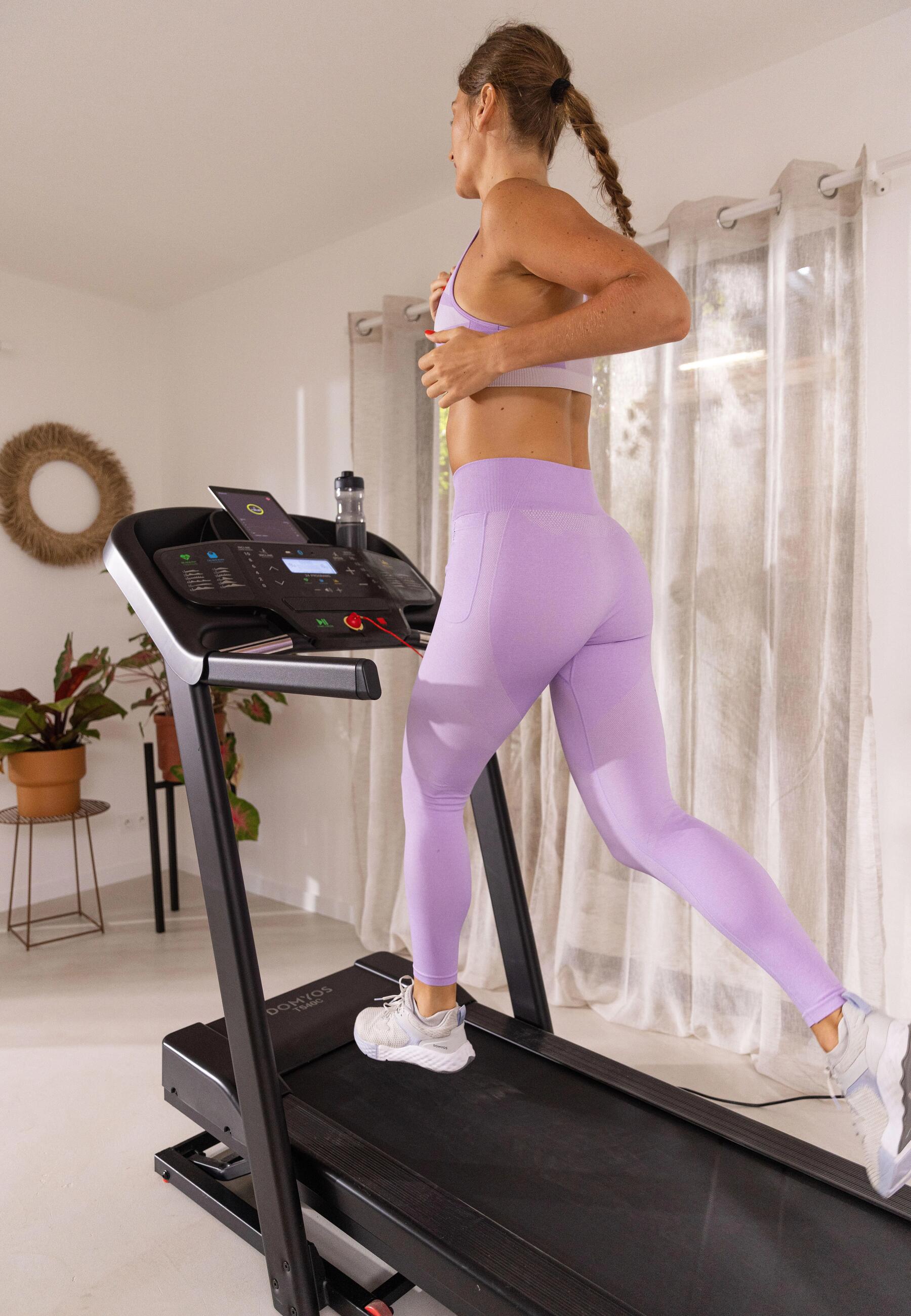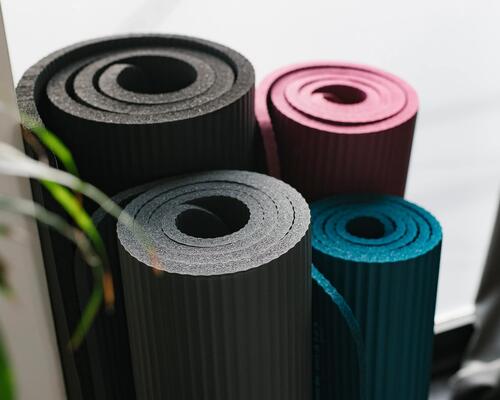Tabata vs. HIIT: Understanding the Difference
Tabata and High Intensity Interval Training (HIIT) are very similar workouts in many ways, Tabata is actually a form of interval training.The key difference between the Tabata and HIIT is the timing. For both Tabata and HIIT training workouts, you perform an exercise for a set amount of time, followed by a shorter rest period. The Tabata workout, which was developed by Dr. Izumi Tabata, consists of eight rounds of each exercise with 20 seconds of effort, followed by 10 seconds of rest. Each exercise is repeated for approximately 4 minutes and the full Tabata workout generally lasts about 20 minutes, depending on the number of exercises you choose to do.
HIIT workouts cover a wide range of interval training and can include a variety of exercises performed in short bursts followed by periods of rest. Intervals generally last 2 to 3 minutes and the entire workout can last up to about 40 minutes. Both types of interval training work all areas of the body and are killer workouts that are great for cardio endurance and building muscle strength. Exercises can vary in terms of intensity and may include bodyweight, free weights, a cardio machine or other accessories.









